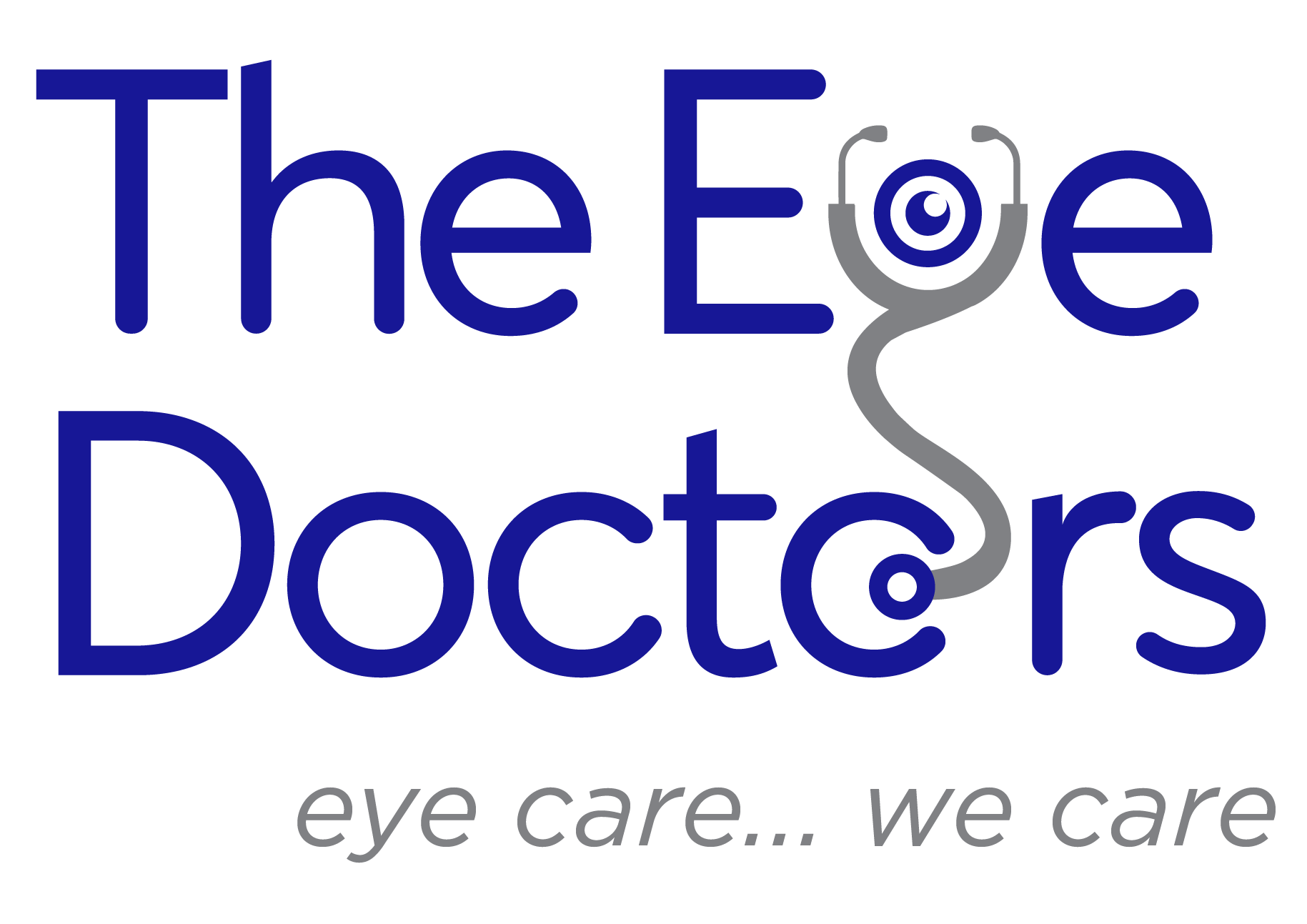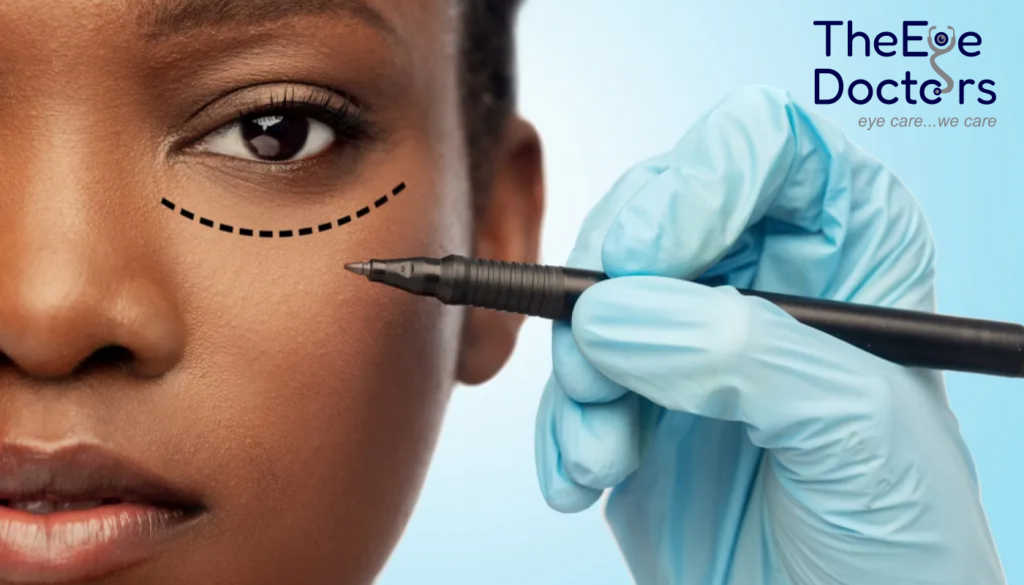Growing up, we were bombarded with stories about eye care—how to protect them, why they act the way they do, and what activities are beneficial or harmful. But how many of these tales are actually true? Let’s dive into eight common myths and facts about our eyes that might just change your perspective!
Myth 1: Seeing well in the distance means your eyes are healthy.
Fact: Just because you can see far away doesn’t guarantee your eye health! Vision clarity relates more to the optics of your eye than the health of its tissues. That’s why checking your eye regularly with The Eye Doctors are crucial—your sight and eye health are not one and the same.
Myth 2: Kids who play outside are more likely to need glasses.
Fact: Studies reveal that children who spend more time outdoors have a lower risk of developing near-sightedness. While outdoor play is no magic bullet against needing glasses, it certainly helps reduce the risk. So, encourage your little ones to enjoy the great outdoors!
Myth 3: Reading in dim light will ruin your eyes.
Fact: This myth is widespread, but there’s no solid evidence to support it. While reading in low light can lead to eye strain—similar to muscle fatigue after a workout—it won’t change your glasses prescription. More light means more comfort, so keep that reading lamp on!
Myth 4: Children are born with perfect vision.
Fact: Not quite! Babies’ vision is still developing, improving dramatically over the first few years. That’s why it’s vital for kids to have their eyes checked shortly after birth and again before preschool, even if they seem fine.
Myth 5: Computers can damage your eyes.
Fact: Staring at a computer screen doesn’t harm your eyes, but it can lead to discomfort if you don’t take breaks. Combat digital eye strain by looking away from the screen, blinking regularly, and using artificial tears as needed.
Myth 6: Wearing glasses weakens your eyes.
Fact: Many believe that glasses make their eyesight worse, but that’s a misconception! As we age, conditions like presbyopia—difficulty focusing on close objects—are natural. Near-sightedness, too, progresses regardless of glasses. It’s all part of the journey!
Myth 7: Sitting too close to the TV damages your eyes.
Fact: Sitting close to the TV doesn’t hurt your eyes, but it may indicate near-sightedness. Kids can focus better up close than adults, so if your child is glued to the screen, a check-up might be a good idea.
Myth 8: A cataract must be ‘ripe’ before removal.
Fact: No more waiting! Modern cataract surgery can address cloudy lenses as soon as they start to affect your vision. If reading or seeing street signs becomes a challenge, it’s time to consult a professional.
Final Thoughts
Understanding the truths behind these common myths can help you take better care of your eyes. So next time you hear someone share eye care wisdom, you’ll be armed with the facts! Keep your eyes healthy, and don’t forget those regular check-ups!

